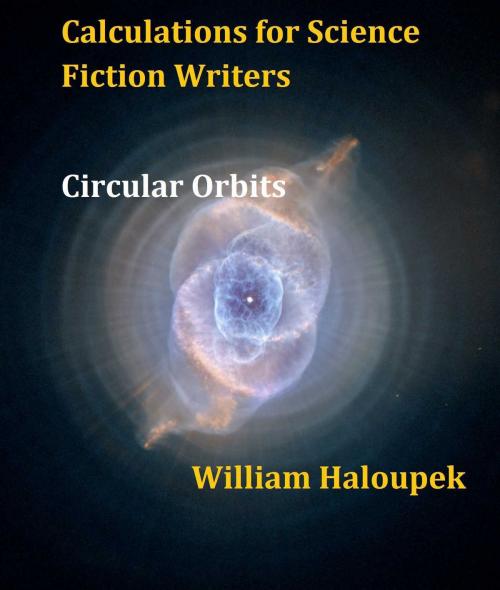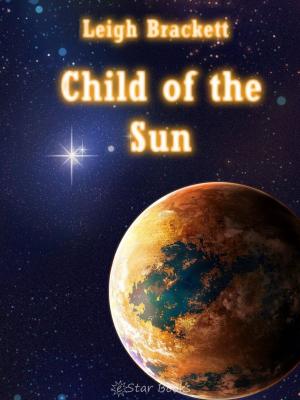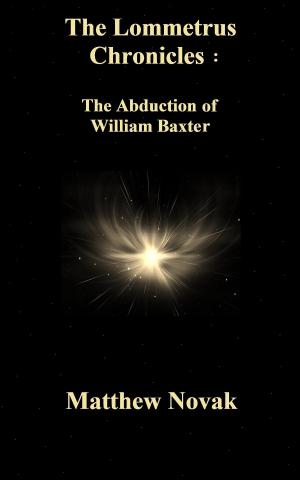Calculations for Science Fiction Writers/Circular Orbits
Nonfiction, Science & Nature, Science, Physics, Astrophysics & Space Science, Science Fiction & Fantasy, Science Fiction| Author: | William Haloupek | ISBN: | 9781301812769 |
| Publisher: | William Haloupek | Publication: | January 30, 2013 |
| Imprint: | Smashwords Edition | Language: | English |
| Author: | William Haloupek |
| ISBN: | 9781301812769 |
| Publisher: | William Haloupek |
| Publication: | January 30, 2013 |
| Imprint: | Smashwords Edition |
| Language: | English |
This is one of a planned series called Calculations for Science Fiction Writers. Other chapters will include space travel with constant acceleration, relativistic and nonrelativistic cases, elliptical orbits, rotational dynamics, and more. For those writers who want to get the details right!
Circular orbits are the simplest kind, and some quick and easy calculations will make your science fiction stories involving planets and satellites a lot more credible. The circular orbit is a solution of what is sometimes called the one-body problem in orbital dynamics.
Suppose you’re writing a science fiction story, involving a satellite in Earth orbit. For purposes of the plot, you want the satellite to have an orbital period of one hour. Surely, some of your readers are going to point out such an orbit is impossible – it would have to have a radius less than the radius of the Earth!
As another example, suppose your story involves a space station, rotating on its axis, like the one in the movie 2001: A Space Odyssey. You want to give your readers some idea of what it’s like to live on this space station, including its size, and the effective gravity felt by passengers. Of course, those things are related to the rate of spin, which is also an important aspect of life onboard. Given the radius and the acceleration, what is the period of spin? Is it 1 second, or 100? It makes a big difference! If you just guess, some of your readers will catch you.
This is one of a planned series called Calculations for Science Fiction Writers. Other chapters will include space travel with constant acceleration, relativistic and nonrelativistic cases, elliptical orbits, rotational dynamics, and more. For those writers who want to get the details right!
Circular orbits are the simplest kind, and some quick and easy calculations will make your science fiction stories involving planets and satellites a lot more credible. The circular orbit is a solution of what is sometimes called the one-body problem in orbital dynamics.
Suppose you’re writing a science fiction story, involving a satellite in Earth orbit. For purposes of the plot, you want the satellite to have an orbital period of one hour. Surely, some of your readers are going to point out such an orbit is impossible – it would have to have a radius less than the radius of the Earth!
As another example, suppose your story involves a space station, rotating on its axis, like the one in the movie 2001: A Space Odyssey. You want to give your readers some idea of what it’s like to live on this space station, including its size, and the effective gravity felt by passengers. Of course, those things are related to the rate of spin, which is also an important aspect of life onboard. Given the radius and the acceleration, what is the period of spin? Is it 1 second, or 100? It makes a big difference! If you just guess, some of your readers will catch you.















